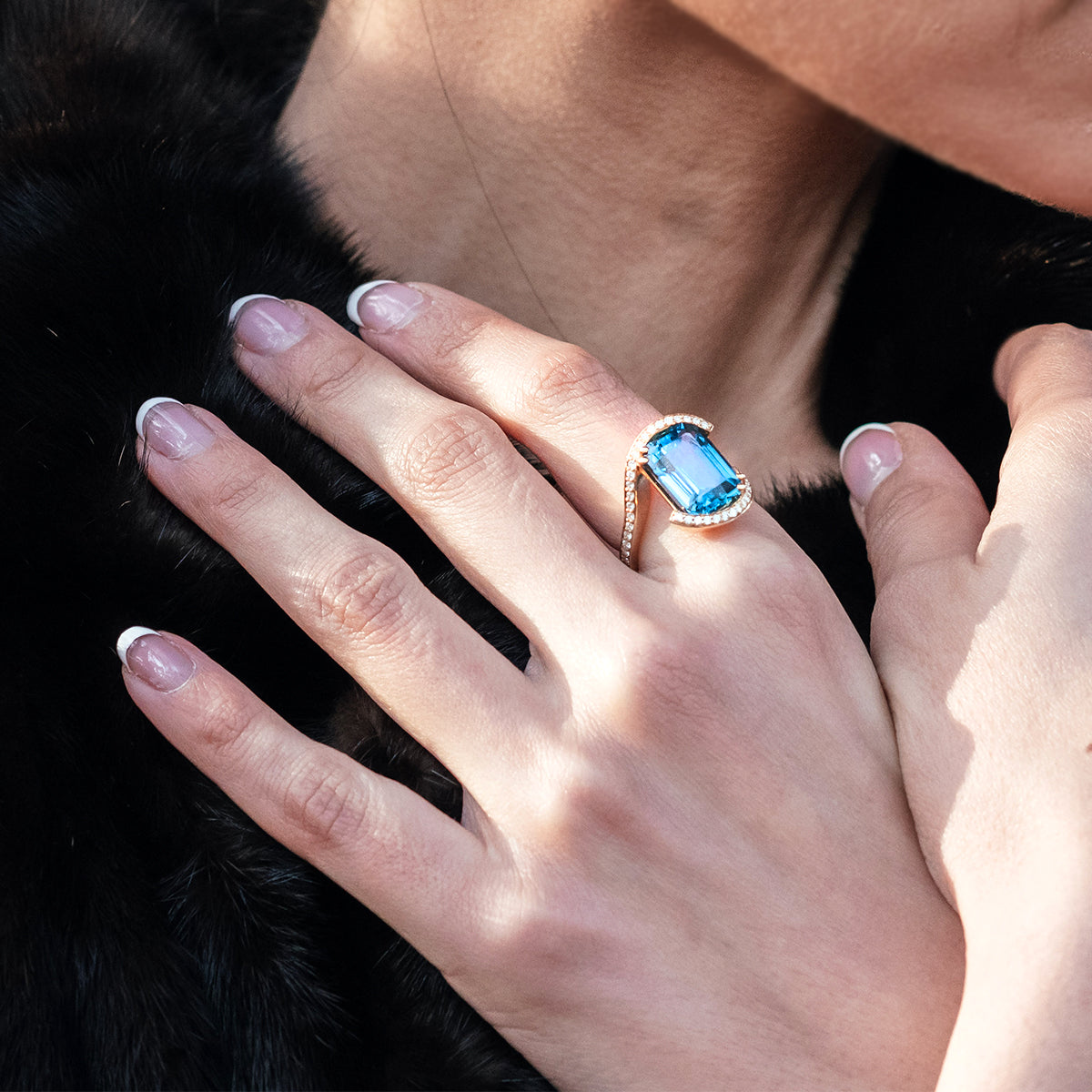Red and Yellow and Pink and Green: How will I know if it’s Tourmaline?

Watermelon Tourmaline - we told you so!
To honour this spectacular and versatile gem, we’d like to tell you about ways to distinguish tourmaline from other gemstones and cheap materials. After reading our guide, you’ll be sure to avoid making the same expensive mistake as the Royals!
Under the microscope
Inspect your stone using a magnifying glass. We’re not talking about your average Sherlock Holmes variety, you’ll need a proper jeweller’s one. Most jewellery shops will have one available for your use. Bear in mind that tourmaline usually has some inclusions, due to it being formed in a wet environment. Inclusions are tiny marks that form inside gemstones, caused by changes in temperature or the presence of small organisms during the formation of the gem. If your gemstone has no inclusions at all, it may not be tourmaline.
There may even be a few miniscule, non-spherical bubbles of water inside your gemstone. Glass also contains bubbles, but as these are air bubbles rather than water ones, they are entirely spherical.
Know your colours
Look out for a quality known as pleochroism in your gem. Inspect your stone closely, letting the light hit it from different directions. You should notice a slight change or glimmer in the gemstone’s colour, depending on the angle you’re viewing it at.
Take a knife to it
If you suspect you might be purchasing a cheap knock-off, try this test as a last resort. Using a sharp object such as a needle, carefully and gently run it over one side of your stone. Tourmaline is incredibly hard and does not scratch easily, so if you see any marks forming, it’s probably not the real thing.
Know its worth
Each colour tends to have its own price, depending on how rare the shade of the stone is., Green and yellow Tourmaline is priced at around £80 to £200 per carat, whereas the rarer Pink and Red Tourmaline both cost around £1,000 per carat. Paraiba Tourmaline, the gorgeous bright blue gem which resembles sapphires, is the most expensive variety of this gemstone and is priced at around £2,000 per carat.
At this point, you might be feeling anxious about having bought a fake gem in the past. If in doubt, feel free to email us or pop by our shop to get your gemstones checked out by our specialists. We understand that it can be stressful to invest in a beautiful creation only to end up suspecting you might have been tricked, but rest assured that we are happy to help you with any issues.







